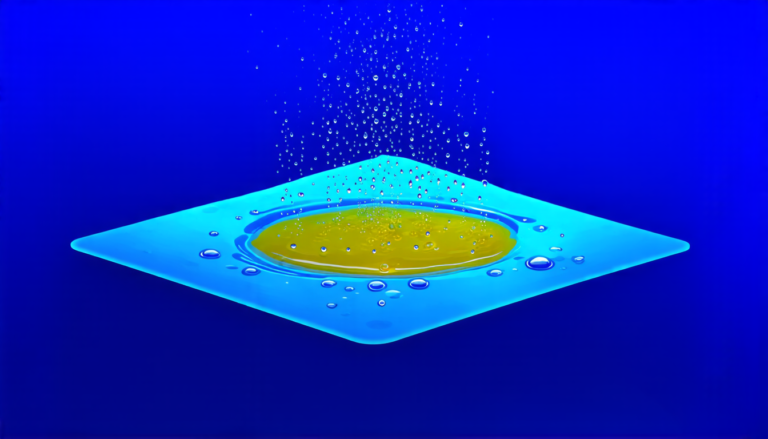Sunday 02 February 2025
The quest for clarity in noisy signals has long been a challenge in many fields of science and engineering. From medical imaging to audio processing, the ability to extract meaningful information from distorted data is crucial. A new paper published recently proposes an innovative approach to tackle this problem using a technique called iterative regularization with stochastic gradient descent (IRSGD).
The IRSGD method builds upon the traditional Landweber iteration, which is widely used in image reconstruction and signal processing. However, its applicability is limited due to the need for a precise stopping criterion, which can be difficult to determine in practice. The new approach addresses this issue by introducing a stochastic component that adaptively adjusts the regularization parameter.
The authors of the paper demonstrate the effectiveness of IRSGD in solving inverse problems, where the goal is to estimate an unknown signal or image from indirect measurements. They show that their method outperforms traditional techniques in terms of accuracy and computational efficiency.
So, how does it work? The IRSGD algorithm iteratively updates an estimate of the original signal by minimizing a cost function that combines the difference between the measured data and the predicted signal with a regularization term. The key innovation lies in the use of stochastic gradient descent to optimize this cost function. This allows the algorithm to adapt to the noise properties of the data, making it more robust to errors.
The authors also develop a heuristic rule for choosing the regularization parameter, which is based on the discrepancy principle and the modified Bouligand-Landweber iteration. This rule ensures that the algorithm converges to a stable solution, even in the presence of noisy data.
The potential applications of IRSGD are vast. In medical imaging, it could be used to improve the quality of MRI scans or reconstruct images from limited-angle X-ray projections. In audio processing, it could help remove noise and distortions from recordings, allowing for better sound quality.
While IRSGD is a powerful tool, it’s not without its limitations. The algorithm requires careful tuning of hyperparameters, such as the learning rate and regularization strength, to achieve optimal performance. Additionally, the stochastic component can introduce variability in the results, which may need to be addressed through ensemble methods or data augmentation techniques.
Despite these challenges, the IRSGD approach has the potential to revolutionize the field of inverse problems. By providing a more robust and adaptive solution, it could enable researchers and practitioners to tackle previously intractable problems and unlock new insights into complex systems.
Cite this article: “Adaptive Signal Reconstruction with IRSGD: A New Approach to Inverse Problems”, The Science Archive, 2025.
Signal Processing, Inverse Problems, Iterative Regularization, Stochastic Gradient Descent, Landweber Iteration, Noise Reduction, Image Reconstruction, Audio Processing, Machine Learning, Optimization Algorithms






